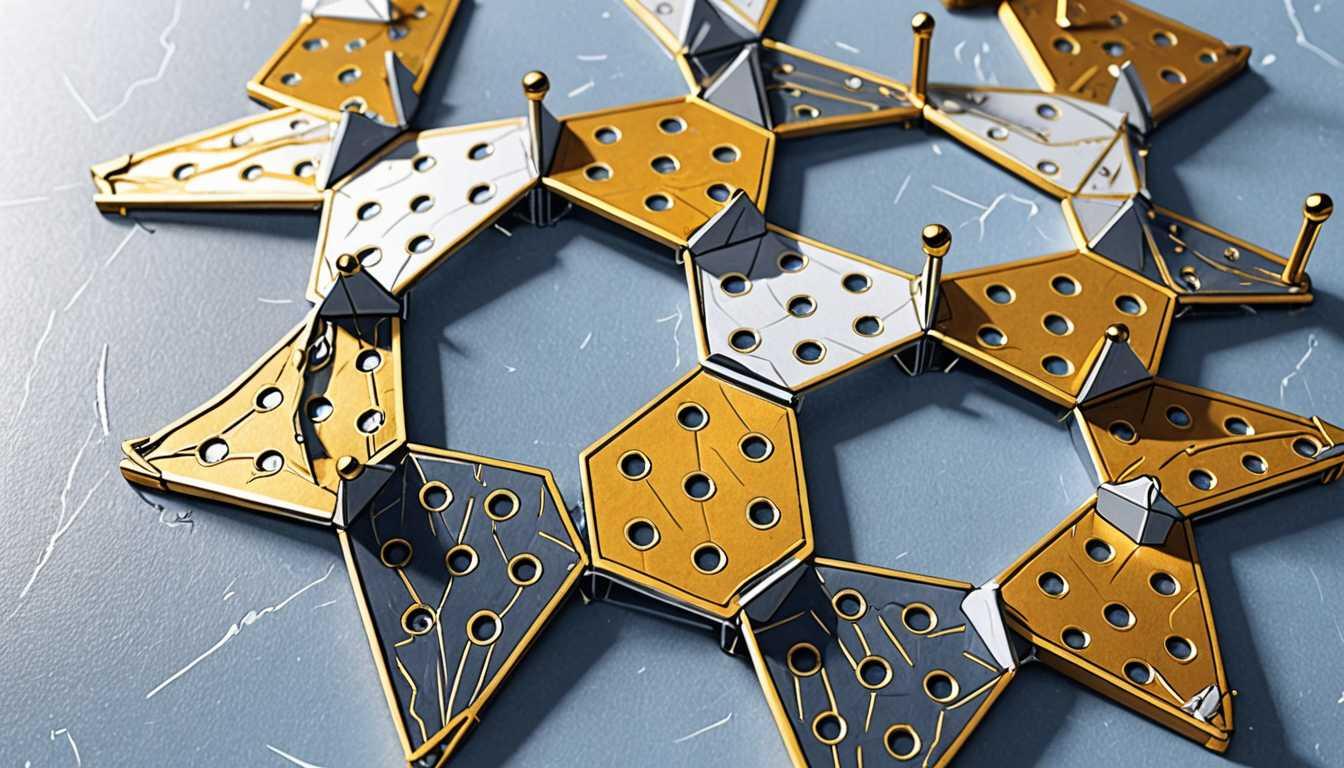Microrobots: Revolutionizing Tiny Worlds
November 2022
University of Pennsylvania
Introduction
Dive into the microscopic world with the University of Pennsylvania's latest breakthrough: tiny swimming robots! These aren't your average pool party guests. Engineered to manipulate materials at a scale smaller than a cell, these microrobots are the future of precision therapies and smart materials. Imagine robots so tiny, they move with magnetic forces and tackle tasks in ways that would make a sci-fi writer's head spin. It's not just science; it's the beginning of a revolution in how we interact with the world at the smallest levels. Ready to be amazed? Let's shrink down and explore!
READ FULL ARTICLEWhy It Matters
Discover how this topic shapes your world and future
Microrobots Making a Macro Impact
Imagine a world where tiny robots can dive into your body to fight diseases, build new materials from the ground up, or even clean up environmental pollutants. That's not a scene from a sci-fi movie—it's the real potential of microrobots. These microscopic marvels can navigate through liquids to perform tasks on a scale so small, it's hard to picture. The magic behind their movement? External magnetic forces and a deep understanding of how physical and chemical laws change when you're working at the microscale. This field isn't just fascinating; it's revolutionary, with implications from medical treatments to environmental solutions. For you, it's a peek into how today's discoveries can shape the future you'll live in, showing that sometimes, the smallest things can have the biggest impact.
Speak like a Scholar
Microrobots
Tiny robots, often smaller than a millimeter, designed to perform specific tasks at microscopic levels.
Colloids
Mixtures where one substance is evenly dispersed within another, like milk or fog, important in creating new materials.
Nematic liquid crystals (NLCs)
A state of matter found in certain liquids that have molecules oriented in parallel but not arranged in a fixed pattern, crucial for LCD screens.
Physical intelligence
The ability of microrobots to navigate and manipulate their environment by understanding and exploiting the physical and chemical laws at the microscale.
Fluid dynamics
The study of how liquids and gases move, which is vital in designing microrobots that can swim through fluids to carry out tasks.
Magnetic control
Using external magnetic fields to guide and power microrobots, allowing precise movements without onboard computers.
Independent Research Ideas
The role of microrobots in targeted drug delivery
Investigate how microrobots could revolutionize the way we treat diseases by delivering medication directly to affected cells.
Environmental cleanup with microrobots
Explore the potential of microrobots in removing pollutants from water sources, offering a novel approach to environmental protection.
The science behind liquid crystal displays (LCDs)
Dive into how NLCs work in LCDs and the role of microrobots in advancing display technologies.
Smart materials created by microrobots
Look into how microrobots can assemble materials that respond to environmental changes, like temperature and light, paving the way for innovations in material science.
The physics of miniature movements
Delve into the unique challenges and opportunities presented by fluid dynamics and physical intelligence at the microscale, highlighting how different the world looks when you're the size of a microrobot.
Related Articles

The Science of Perfect S’mores
July 2018
Smithsonian Magazine

Origami Meets 4D Printing Magic
July 2023
UTokyo

Sniffing Out Danger: MIT's Security Leap
February 2023
Massachusetts Institute of Technology (MIT)

Meet the Crawling Kirigami Robot!
September 2024
Cornell News Highlights

Robots Mimic Bumblebee Resilience
March 2023
Massachusetts Institute of Technology (MIT)